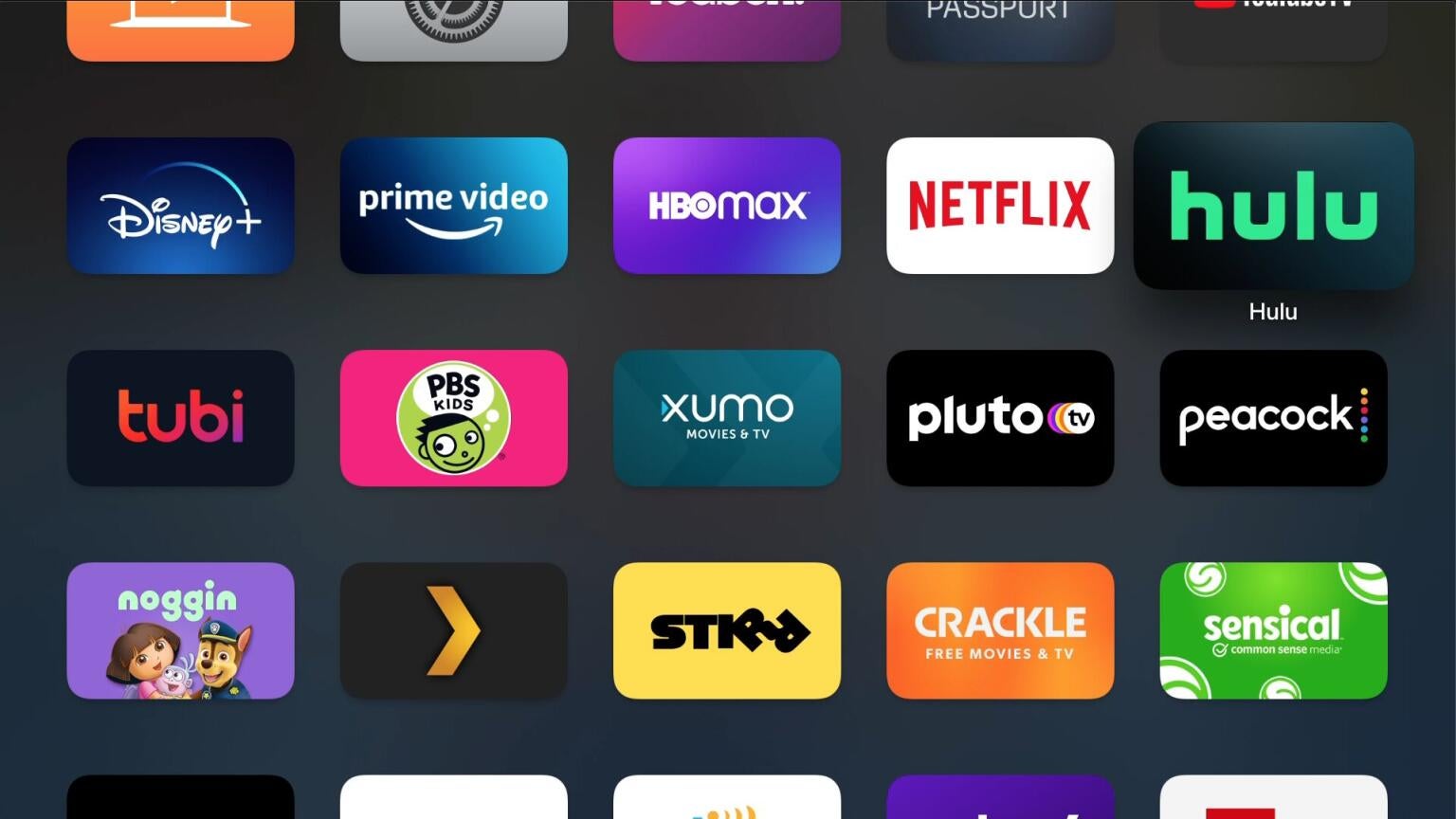
Most markets follow a certain trajectory. They start out with only a few participants, but if these early participants are successful, a flood of imitators rises. That’s when the overall market starts consolidating. Barclays media analyst Kannan Venkateshwar recently offered a report suggesting that the streaming media market may have reached that point.
Venkateshwar points to the overall growth in the market, noting that originally the field was just three competitors strong. Now, the field is up around 50 competitors, and that suggests it’s time for consolidation. This is actually how most new markets work; a limited number of competitors start things out, and catch the early adopter market. The first-movers in the field then refine their strategies as competitors enter the field with strategies that better reflect the market.
With the average home currently using nine separate streaming services and churn rates currently running around 44%, it’s fairly safe to say that we’re reaching a point where there are just too many streaming services out there. Some already point to the bizarrely fragmented release schedule for “Yellowstone” as proof that that point is here.
So who’s most likely to survive? Venkateshwar has several firms in mind that are likely to come out on the other side of a streaming consolidation. The Big Three—Netflix, Hulu, and Amazon Prime Video—are all likely to survive, of course. They’ve already built audiences and inertia, and have the cash flow to maintain their operations going forward. Additionally, Venkateshwar gives high chances of survival to any company that’s backed by a major studio. However, not all of these are created equal.
Venkateshwar looks for Disney+ to stay strong, even as growth rates slow. However, he also looks for two comparative newcomers—Paramount+ and Peacock—to struggle, and potentially become part of other services. Peacock has already come under fire at least somewhat for its slow adoption rates. Paramount+, meanwhile, suffers from a comparatively slim cash flow that will hamper its ability to produce new content. Worse for Paramount+, however, is its reliance on licensed content that will further limit its ability to produce.
Get Disney+, Hulu, and ESPN+ for just $14.99 a month ($12 savings).
Venkateshwar has an excellent point here. There’s no doubt that streaming audiences are starting to be overwhelmed by the sheer number of options out there. The “churn and return” model is setting in, with customers leaving services and returning for new content. Moreover, platforms are reconsidering the entire “binge” model of releasing so as to keep customers in the fold.
However, the streaming market may be somewhat different from most other markets out there. Sufficiently different, in fact, to defy the standard conventions of expansion and contraction. This is especially true for services like Paramount+ and Peacock. Certainly, there are costs to maintaining a streaming service. Servers and bandwidth aren’t free. However, the costs are comparatively minimal, and by maintaining a streaming platform, studios always have a venue to release content. This was particularly felt back in 2020, when government mandates took theaters out of circulation. While the odds of that happening again seem minimal, being prepared for it is a worthwhile plan.
Additionally, the sheer size of the streaming market makes it pretty clear customers are interested. Since the studios already have a backlog of content, putting it to use becomes an imperative. With the growth of the FAST (free, ad-supported television) model in streaming, the idea of pulling old television out of the vault and putting it out to view any time becomes just a smart idea. Look at how Pluto TV hauled old series back into service. It costs the studio little to use that content as it would have just gone unused anyway, and every dollar in advertising it makes is likely mostly profit.
This isn’t to negate Venkateshwar. Some consolidation is likely to occur in the streaming market, especially given the sheer number of options out there. Some of these options aren’t likely to continue standing on their own. But with the streaming market being what it is, seeing the current 50-plus options come down to maybe 30 wouldn’t be out of line. Streaming is a huge market, and there are market niches enough for many players to operate within.